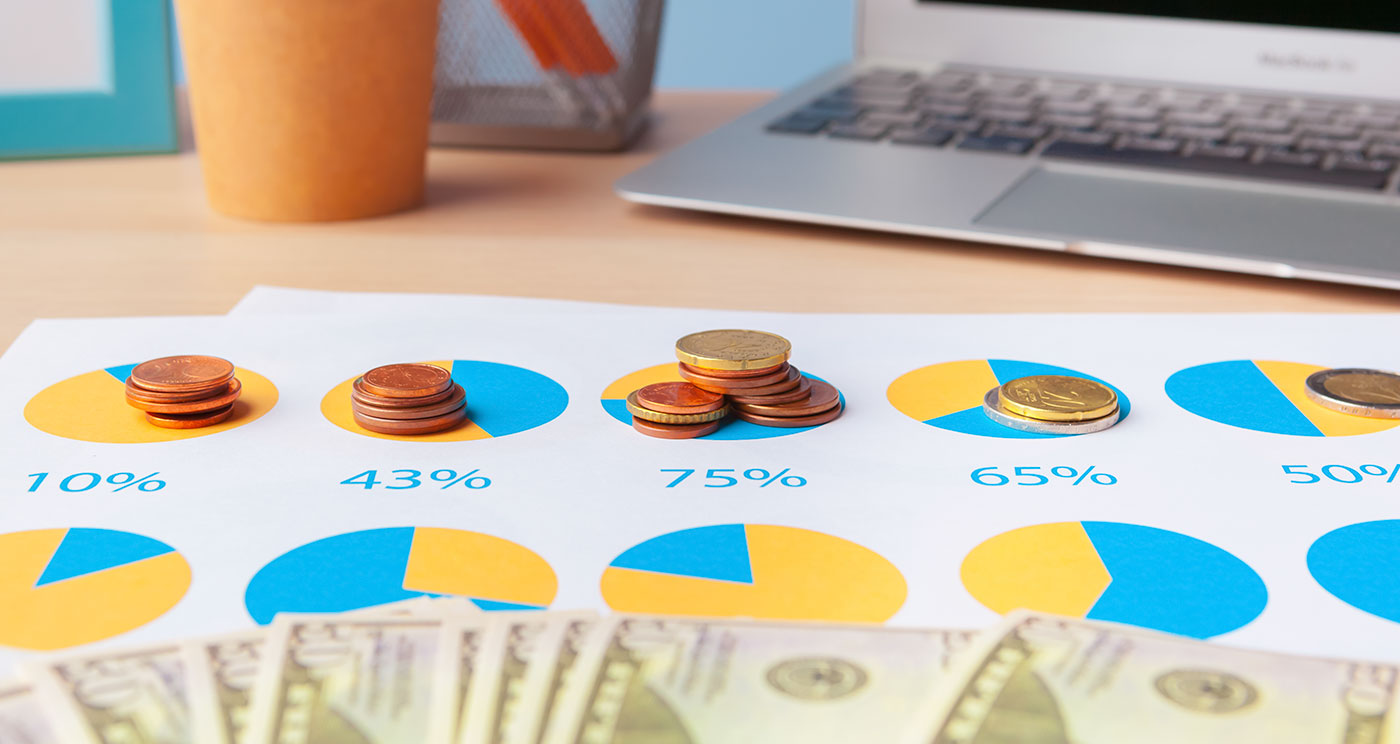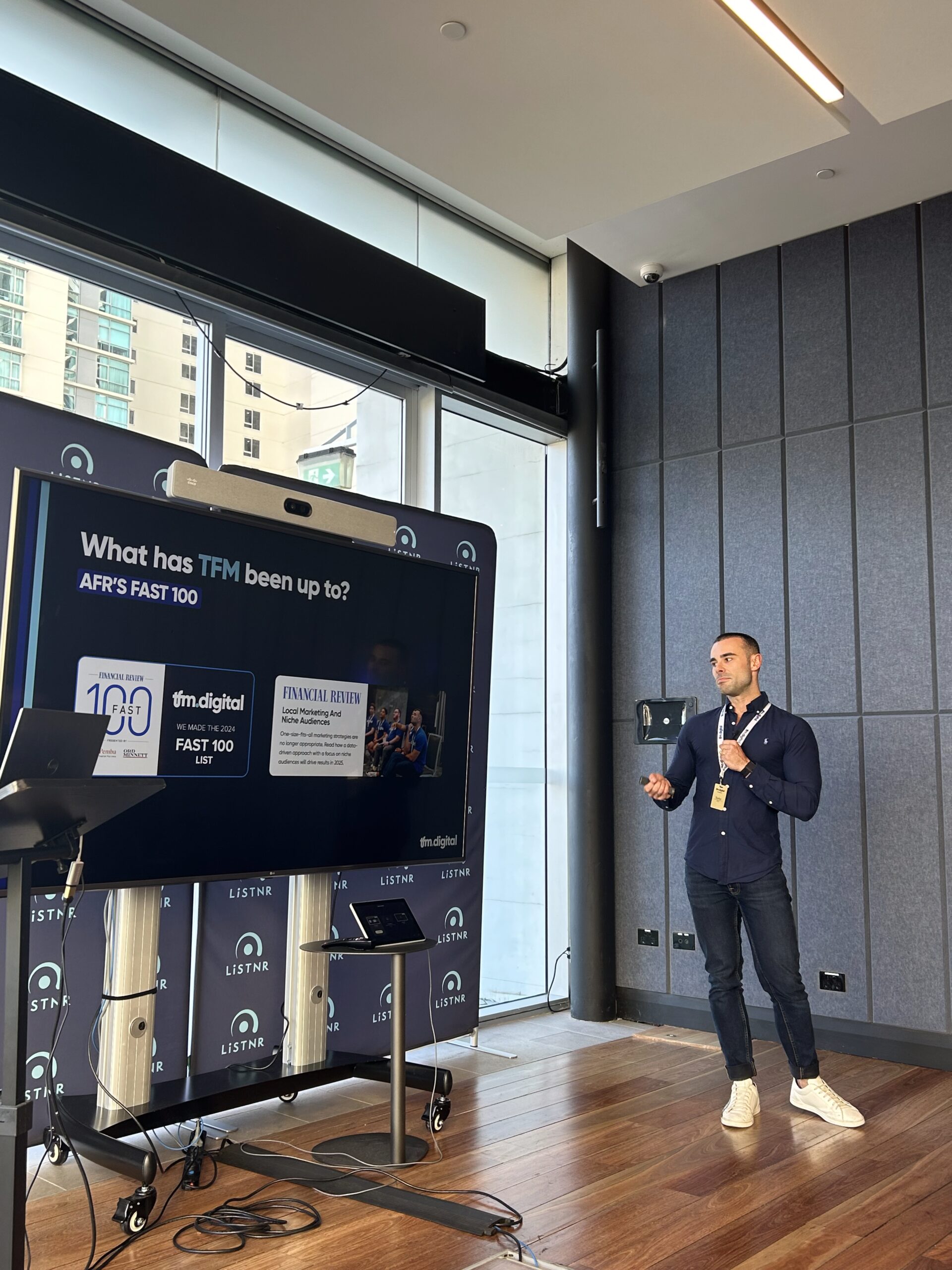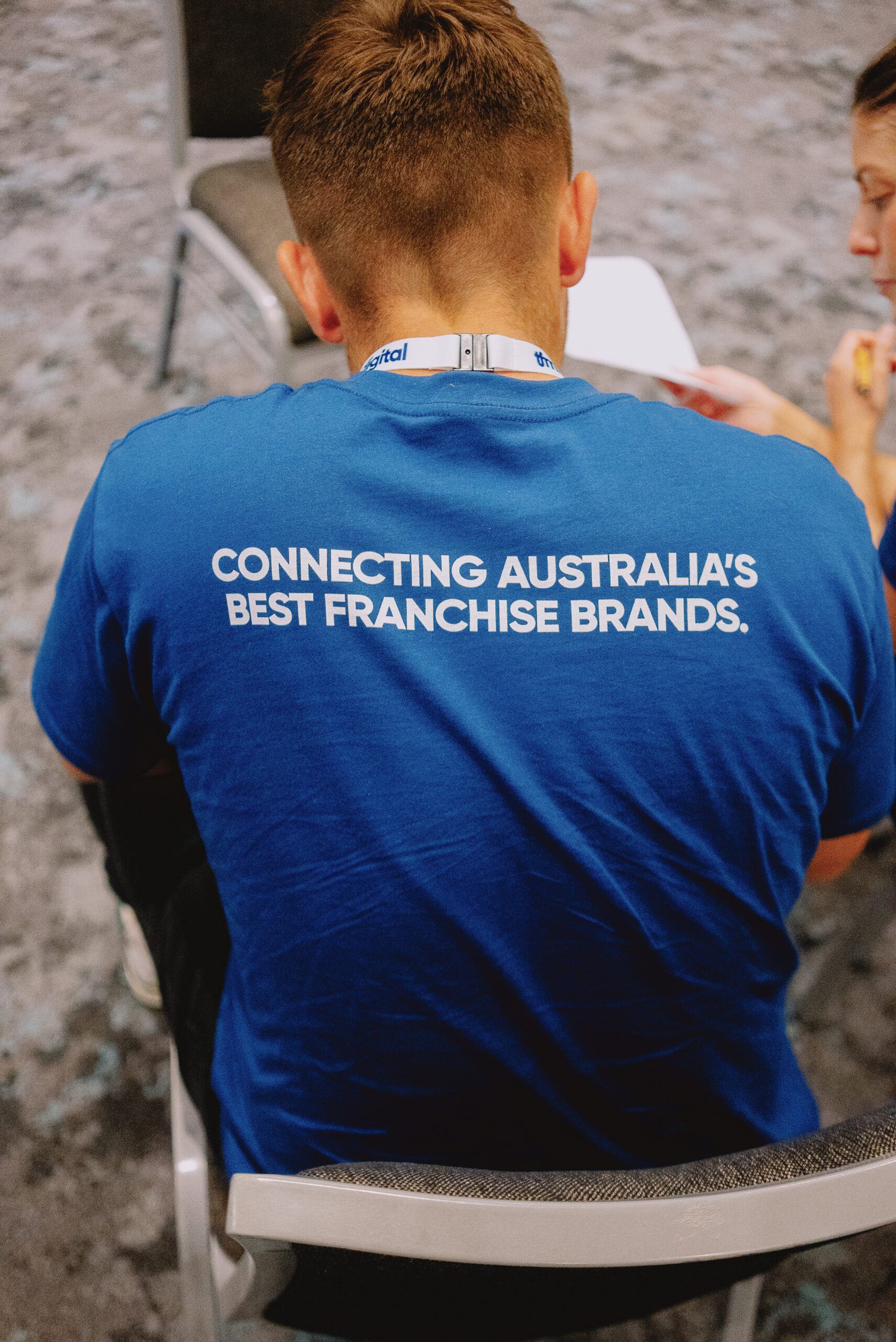Whether you’re a small business trying to set up your first Google Ads campaign, or a larger company looking to budget for a new digital advertising platform, understanding the basics of the Google Ads cost, adwords cost, and more is vital to running a successful campaign. By reading this article, you’ll have an understanding in the key determinants of a successful Google Ads campaign and understanding Google Ads prices.
How Much Does Google Ads Cost in Australia?
On average, the most common cost per click (CPC) is between $2-4 AUD. However, this number can depend on vary in many different factors. Bidding prices on different keywords will depend largely on the competition of a keyword. This means that while some keywords will be less than a few dollars per click, the CPC for other keywords can be up to $15 if it’s a highly competitive keyword.
Running a Google Ads campaign can cost anywhere between $1,000 to $30,000 a month. The specific price boils down to a variety of factors depending on the company’s size. A small business might spend $2,000 to $5,000 a month on Google Ads, while large companies could spend hundreds of thousands. As you can imagine, there are many factors that influence Google Ads prices.
Factors that Influence the Costs of Google Ads
What determines the price of a Google Ads campaign, then? Here are a few of the major variables that can determine the cost of your campaign.
Competition
The most important thing to understand that affects a great deal of Google Ads is industry competition. Put simply, the more people in your industry with a similar service bidding on Google Ads, the more expensive your CPC will be.
Demand
Demand is a major factor which determines Google Ads prices. While higher demand can lead to more competition, a highly-searched term means you’ll get a fair amount of people being serving your ad. Meanwhile, if you have a very niche product that not many people are searching for, this can increase your costs if your ads aren’t properly targeted.
Keyword Targeting
The types of keywords you target are also a large determiner of price. Not all keywords are created equal. For example, a popular keyword like “dinner table” will have higher search volumes, making Google recognise its value and charge more to bid on it. Conversely, long-tail keywords like “how to assemble a dinner table with more tools” is much more niche and less competitive, leading to a lower adwords cost.
Quality Score
Google rates every single Google Ads campaign with an internal quality score. Having a strong quality score determines your ad rank in the Google Ads bidding process and have lower CPCs than campaigns with low quality scores. Quality store is determined by the expected click-through rate of your campaign, its ad relevance, and the landing page experience. You can analyse your quality score in your Google Ads score, and improve it by creating high-quality ads that lead to effective and landing pages.
Ways to Increase Google Ads ROI
So the big question is: how do you maximise your Google Ads ROI so you can get the most bang for your buck with your campaign. Here are just a few strategies you can utilise in order to do so.
Location Targeting
Location targeting is arguably the most important factor of Google Ads. There can be a lot of budget wastage if these parameters aren’t set in place. By focusing on specific states, cities, and even suburbs to target your campaigns, you can get an excellent ROI. For example, if you have a brick-and-mortar store you want customers to enter, targeting locations in the radius of your store is a good place to start.
Negative Keywords
Negative keywords are keywords that you don’t want your campaign to appear for. For example, if you’re opening an arts and crafts store, you wouldn’t want to appear in searches for art classes. By carefully selecting negative keywords, you ensure that your campaign is highly targeted towards the audience you most wish to attract.
A/B Testing
A/B testing is the process of showing slightly different versions of the same creative, ad copy, or landing page in order to gauge which variation has the most effective impact on an audience. Continuously A/B testing your ads is a surefire way to optimise your content so it performs to its fullest extent.
Optimised Landing Pages
While website landing pages may be more of a web development strategy, it’s still vital to optimise them to use your Google Ad campaigns to their fullest. If your audience manages to click on an ad, but quickly leaves because the landing page was confusing, unappealing, or not user friendly in some other way, then that will negatively impact your quality score and make it harder to have your ads served in the future.
Most Cost-Effective Google Ad Types
Whether you’re on a limited budget or just want to optimise your budget the best way possible, knowing what Google Ad type is best for your client and campaign is the key to success. Here are the major Google Ads types to be aware of:
Search Ads
Whenever you input a query into Google, the first few results you get likely have a “sponsored” tag next to the hyperlink. These are search ads. They appear at the top of search engine results, circumventing SEO optimised links and launching you to the top of search results.
Display Ads
These are visual ads that use pictures or banners on websites that are partnered with Google. These ads are very cheap compared to search ads, and are great for fostering brand recognition.
Youtube Ads
Google owns YouTube, meaning that you can host video ads in front or during YouTube videos. If you’re planning on creating a video campaign, and depending on your audience demographics, YouTube ads might be the best option of video ads as opposed to legacy media like TV.
Shopping Ads
If you run an ecommerce business and sell products through an online shopfront, Shopping ads are a must-have. These ads make your products appear under Google’s shopping tab, with visuals for the product, the price, and the store name. These ads are fantastic at making your product reach a wider audience.
Re-marketing Ads
Sometimes, you want to create ads specifically for past customers or people who clicked on your site but didn’t buy anything. This practice is called retargeting, and Google has ad sets especially for that. With their Re-marketing ads, you can create ads that specifically target these groups of people. Targeting audiences that have already shown an interest in your brand is a great way to get a worthwhile ROI on your budget.
The spread of ad types you choose might influence your Google Ads campaign service fee, but an experienced Google Ads agency will be able to match your business with the exact ad type you need.
Tackling Google Ads with Confidence
Google Ads requires careful strategy and consideration, but is definitely worth the investment. With the right knowledge, strategy, and tools, small businesses can harness the power of Google Ads to create strong results for their products and services.
That said, Google Ads is also notorious for being a money pit due to how many complex interweaving factors that can lead to inefficiencies in your ad spend. That’s where expert advice can be a lifesaver for managing a Google Ads campaign.
At TFM.Digital Brisbane, we have been creating Google Ads campaigns for our clients for years, helping businesses thrive and triumph over their competitors and personal expectations. If you want a digital marketing that will work for you, feel free to contact us. We’ll let you know how we can make your ads yield fantastic results for your business.
FAQ
How can I find the best Google Ads agency in Australia?
The best Google Ads agency will be a company that focuses on optimisation, testing, and transparent reporting. Make sure to choose an agency that has a lot of experience in Google Ads, and can give specific case studies on how they improved results for their clients. A good Google Ads agency will be deeply familiar with the rights ads for your campaign, and will be transparent with any Google Ads campaign service fee they charge.
How can I minimise Google Ads cost?
The best way to minimise Google Ads costs low is leveraging negative keywords. Doing this will avoid irrelevant searches draining money from your budget, optimise your landing pages, and improve your targeting tactics.




